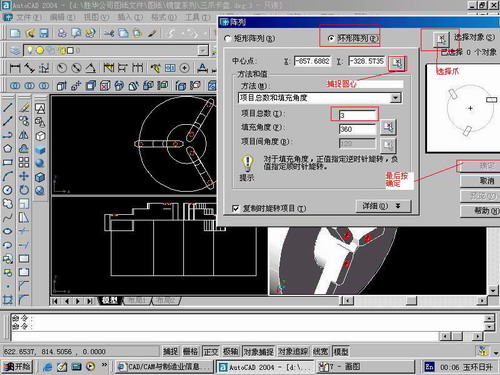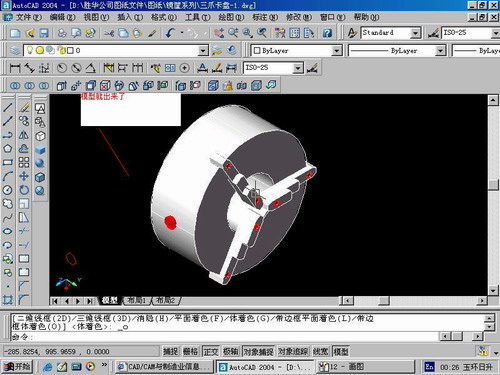1) lane changing model


换车道模型
1.
The car-following models and lane changing models are the basic microscopic traffic flow models.
车辆跟驰模型和换车道模型是微观交通流模型研究的基础。
2) lane changing model


车道变换模型
1.
Thereafter,a lane changing model which describes as the process includes the intention generation,feasibility analysis and implementation is put forward.
将车道变换行为分为强制性车道变换和任意性车道变换两种类型 ,分析了两种车道变换类型的各种常见情形 ,建立了描述车辆车道变换意图的产生、车道变换可行性分析以及车道变换的实施等行为的车道变换模型。
3) Lane-changing Model


车道变换模型
1.
In this paper,the fundamental conditions of lane-changing model are analyzed to make full use of random sampling in order to describe the lane-changing behavior realistically and set up a good performance lane-changing model.
为更加真实地反映车道变换行为,建立具有良好性能的车道变换模型,根据抽样调查结果分析了车道变换的基本条件。
4) multi-sectional lane switch model


分段切换车道模型
1.
A multi-sectional lane switch model is proposed to make the lane model not only fit the lane shape accurately,but also meet the real-time requirements of the lane detection algorithm.
为了使得车道模型既能准确地描述车道形状,又不影响车道识别算法的实时性,提出了一种分段切换车道模型。
5) lane changing model


换道模型
1.
The development process and existing research in China and other countries of car following model and lane changing model used in microscopic traffic simulation are presented.
阐述了微观交通仿真中跟驰模型和换道模型在国内外的发展历程和现状,分析了各种跟驰模型各自的特点和存在的不足,介绍了换道模型的可接受间隙法,总结了国内外的研究成果,并提出了新的研究思路。
6) lane-changing model


换道模型
1.
At present,the car-following model research tends to perfect,however,the lane-changing model research is rather lag.
与跟驰行为相比,换道行为需要考虑的车辆更多,司机的决策过程更加复杂,也更难于描述,目前跟驰模型的研究已趋于成熟,而换道模型的研究则相对滞后。
2.
At present,the car-following model research tends to be perfect,however,the lane-changing model research lags behind comparatively.
与跟车行为相比,换道行为需要考虑的车辆更多,司机的决策过程更加复杂,也更难于描述,目前跟车模型的研究已趋于成熟,而换道模型的研究则相对滞后。
3.
In addition, by using the idea of inter-sub-district of AIMSUN2 and HUTSIM benefit analysis of lane-changing model, a lane-changing model is establishes and the other models including the Car-Creating, free moving and road intersection signal control model based on Route Control
本文在研究了国内外交通流微观仿真现状的基础上,较系统地分析了交通流微观仿真的需求,设计了本文的仿真系统系统框架;结合刺激-反应原理,安全距离跟驰模型和PARIMICS跟驰模型给出了本文的跟驰模型;另外采用AIMSUN2换道模型分区间的思想和HUTSIM的换道收益模型,建立了本文的车辆换道模型,并设计了本系统的车辆生成模型,自由行驶模型和交叉口干线信号控制模型;在理论模型设计的基础上,对系统进行软件设计和实现,其中设计部分包括仿真总体流程设计、数据类型设计和车辆运行规则中各个模型实现的流程设计;系统采用C++语言在Microsoft Studio Visual C++6。
补充资料:AutoCad 教你绘制三爪卡盘模型,借用四视图来建模型
小弟写教程纯粹表达的是建模思路,供初学者参考.任何物体的建摸都需要思路,只有思路多,模型也就水到渠成.ok废话就不说了.建议使用1024X768分辨率
开始
先看下最终效果

第一步,如图所示将窗口分为四个视图

第二步,依次选择每个窗口,在分别输入各自己的视图

第三步,建立ucs重新建立世界坐标体系,捕捉三点来确定各自的ucs如图

第四步,初步大致建立基本模型.可以在主视图建立两个不同的圆,在用ext拉升,在用差集运算.如图:

第五步:关键一步,在此的我思路是.先画出卡爪的基本投影,在把他进行面域,在进行拉升高度分别是10,20,30曾t形状.如图:

第六步:画出螺栓的初步形状.如图

第七步:利用ext拉升圆,在拉升内六边形.注意拉升六边行时方向与拉升圆的方向是相反的.
之后在利用差集运算


第八步:将所得内螺栓模型分别复制到卡爪上,在利用三个视图调到与卡爪的中心对称.效果如图红色的是螺栓,最后是差集

第九步:阵列

第10步.模型就完成了

来一张利用矢量处理的图片

说明:补充资料仅用于学习参考,请勿用于其它任何用途。
参考词条